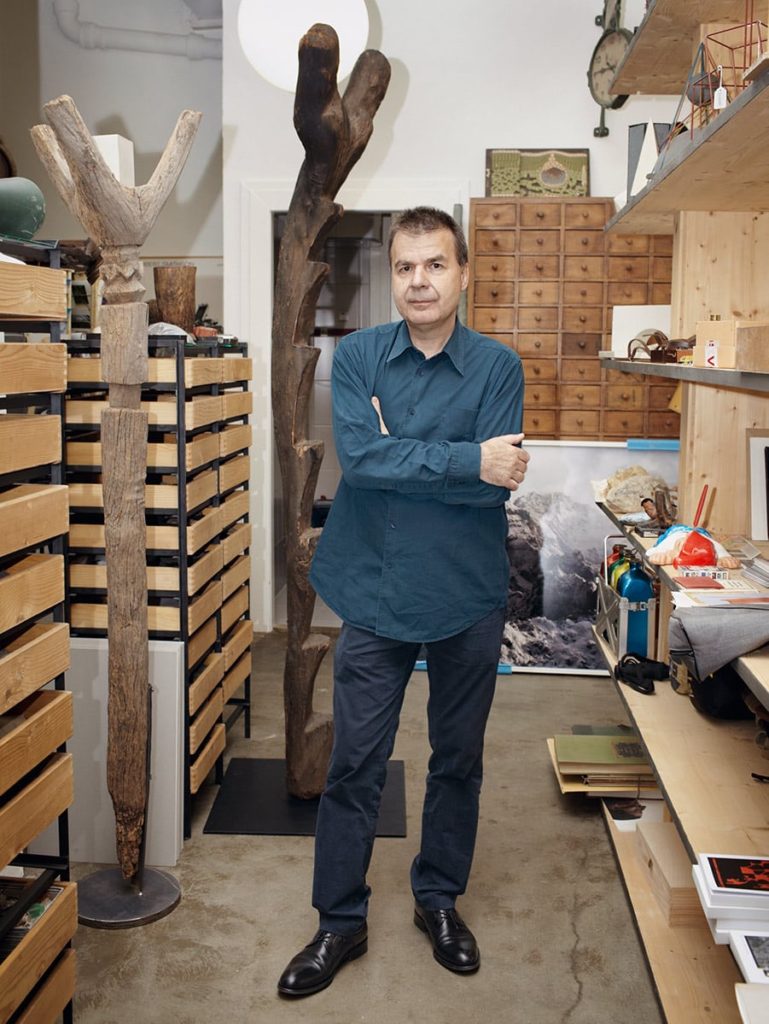
Günther Vogt’s training at Gartenbauschule Oeschberg provided the practical basis for his intensive landscape work. His knowledge of vegetation and his skills in cultivation continue to be the very cornerstones of his work.
What is the relevant scale for operating with the landscape of the city?
Since the Industrial Revolution at the latest, humans have become the determining factor for global ecosystems. This fact becomes apparent when we look at sediment displacement influenced by human activity, for example. There is thirty times more of it today than what natural processes cause. Due to our massive intervention in the Earth system, not just new landscapes are formed, however, but the conditions for cohabitation in our cities are also fundamentally changed.
Against this backdrop, solutions proposed by the current ‘green movement’ seem to have little viability. Green facades, vertical gardens or planted bridges deal primarily with esthetic aspects and are neither sustainable nor do they work as part of a network of lived public space. Vegetation is applied onto a construction framework, demoted to the ‘new ornament’ of landscape architecture.
Set against these neatly composed images, Günther Vogt applies a systematic design approach with his projects. Their success is measured not just by their design qualities, but primarily by their consequences for the environment. In the spirit of Friedrick Law Olmsted, who met the changing environmental conditions of his time with a holistic view of space, thinking in systems like this requires incorporating highly diverse scale levels and leads us from the miniature to the panorama of the city landscape.
Source: Harvard GSD
comments